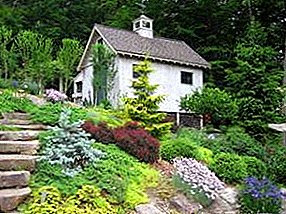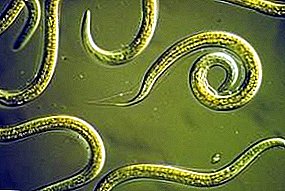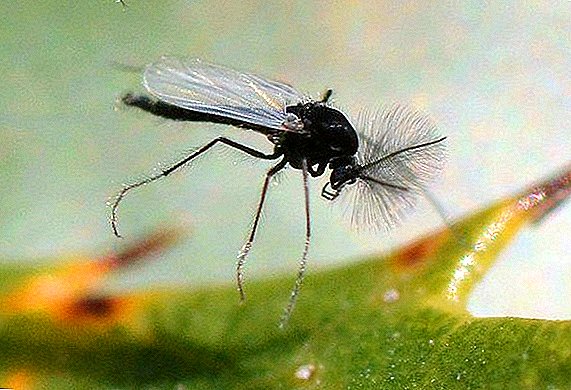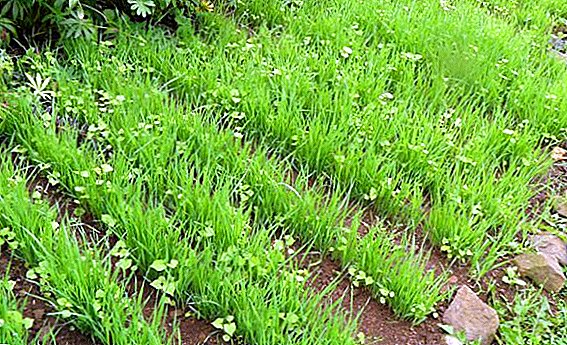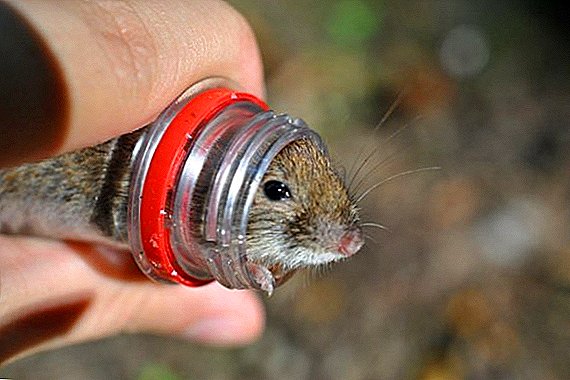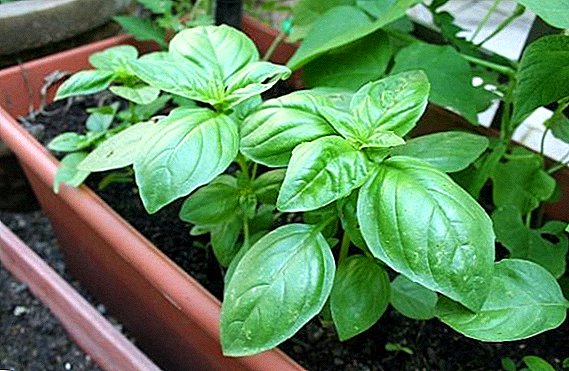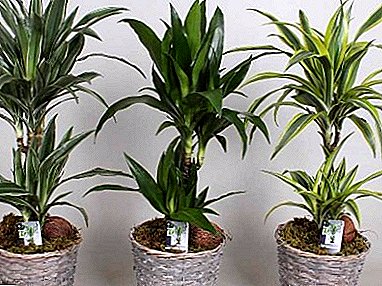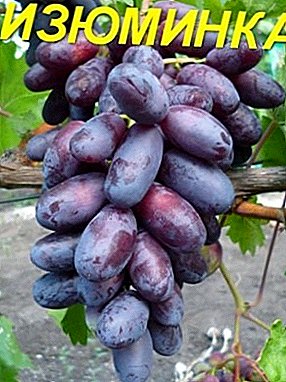
The grape variety Zest is attractive, first of all, for its original appearance and delicious taste. However, in the cultivation and care of it is very difficult.
To get the first harvest you need to spend a lot of effort and time. Beginner gardeners to grow this variety on the site is quite difficult. But if you wish - it is quite possible.
What type does it belong to?
Grapes Raisin is an early ripe table grape of red grapes. Its distinctive features are strongly elongated shape and dark red color of the berries. The variety is not frost resistant and is grown only in the southern regions or in greenhouses.
Crimson, Gala and Zabava also belong to early-season table varieties.
Grapes Zest: variety description
 Raisin - a tall variety. Vine ripens well over almost the entire length. When pruning in autumn, you should leave no more than 40-45 buds on a bush. Vine is better to prune 10-11 buds.
Raisin - a tall variety. Vine ripens well over almost the entire length. When pruning in autumn, you should leave no more than 40-45 buds on a bush. Vine is better to prune 10-11 buds.
Isabella, Witches Fingers and Black Delight are also distinguished by their tall bushes.
Flowers are female and require pollination. Pollinators must grow close by: any early grape variety with a male type of flower. Polished Zest is good enough.
Small clusters, weighing up to 500 grams, medium loose, not prone to pea. On one shoot you need to leave only one bunch.
The berries are very large, about 10-15 grams, oblong, strongly elongated, one-dimensional, saturated maroon color. The flesh is sweet, dense, marmalade. The skin is dense, but not eaten when eating.
A photo
Photo grapes "Raisin":



Breeding history
The variety Zest at the Ukrainian Grape Institute "Magarach" is relatively recent. It was obtained by crossing Chaush and Cardinal varieties, and has the second name XVII-241.
The highlight of this variety is named by chance. Its berries have an amazing property: if you do not remove them from the bush for a long time, then they do not overripe, do not rot, but wither and turn into raisins right on the vine.
For raisins, Karmakod, Korinka Russian and Kishmish Centenary are also well suited.
This variety has been zoned in Moldova, Ukraine and in the south of Russia. It is recommended to grow only in a warm climate and with a mandatory shelter for the winter.
Care instructions
Zest can not boast of high yield and winter hardiness. Can withstand a drop in t to -12-18С. This variety begins to yield late, 3-4 years after planting, and only with proper care.
Before sheltering for the winter at the bush, it is desirable to leave the maximum number of shoots. Over time, the plant will gain enough strength and begin to bear fruit.
The first few years the harvest will be quite small, about 2-3 kg per bush. Over time, it can increase to 7-8 kg. It is important to competently care for this variety and in time to carry out preventive treatment against diseases and pests.
If you are looking for a high-yielding variety, pay attention to the Gift of the Magarach, the Anniversary of the Kherson Summer Resident and the Memory of Dombkovska.
Diseases and pests
 Another feature of the Raisin is its susceptibility to disease. She is often amazed:
Another feature of the Raisin is its susceptibility to disease. She is often amazed:
- mildew;
- bacterial cancer;
- gray rot;
- oidium;
- anthracnose;
- escoriosis.
Can be attacked by pests:
- grape mite;
- spider mite;
- phylloxera
Mildew This variety is one of the first to be affected.
If the infection has occurred, then the affected shoots and leaves are removed and sprayed with fungicides. This is the most common and dangerous disease for grapes. It can completely destroy not only the harvest, but the entire vineyard.
Bacterial cancer manifested in places of damage to the vine or shoots in the form of a large bubble-like growth. It occurs from an infection brought into the wound. Over time, all the shoots above this growth simply die off, which can lead to the death of the plant.
At the initial stage of the disease, the growth can be cut off and the wound treated with a special preparation. If the disease is already running, you will have to completely remove and burn the bush. Planting grapes on this site is possible only after 3 years.
Gray rot also found on Zest often. It affects the inflorescences and berries. In the fight against it is good to use spraying soda solution. The affected berries immediately destroy.
Oidium appears on this grade at least mildew. In this case, timely treatment of the vineyard with a powder or with an aqueous solution of sulfur will help. It can be carried out both for treatment and for the prevention of oidium.
 Anthracnose appears as dark spots on the leaves. Over time, the spots appear on the shoots and berries and, growing, can destroy the whole bush. To avoid this unpleasant disease, it is necessary to fertilize the vineyard regularly, process the leaves with a solution of manganese or Bordeaux mixture and moisturize the soil in time.
Anthracnose appears as dark spots on the leaves. Over time, the spots appear on the shoots and berries and, growing, can destroy the whole bush. To avoid this unpleasant disease, it is necessary to fertilize the vineyard regularly, process the leaves with a solution of manganese or Bordeaux mixture and moisturize the soil in time.
Escoriosis or black spotting manifests itself as black spots on the shoots and leaves. It is also quite a dangerous disease that can destroy the vineyard. All affected parts of the bush are removed, and then they are treated with special preparations.
Pests do a zest no less harm than disease. Grape and spider mites are easy to detect at an early stage, due to the appearance of tubercles and dark points on the leaves. To fight used treatment acaricidal drugs. As a prevention, you can use spraying infusions of dandelion or garlic.
Phylloxera occurs less frequently. When the root phylloxera appears, treatment will not help. The whole bush is cut down and burned. Sheet phylloxera can be disposed of by treating the vineyard with certain preparations.
The grape variety Zest has not only exceptional taste, but also very beautiful in appearance. However, in order to fully enjoy all the virtues of this variety, you need to put a lot of effort.
Among the beautiful varieties should pay attention to Romeo, Chocolate or Tayfi.


